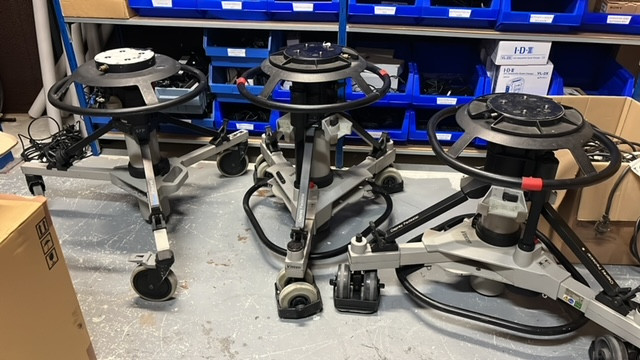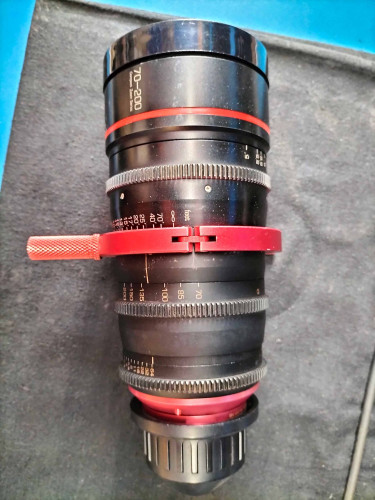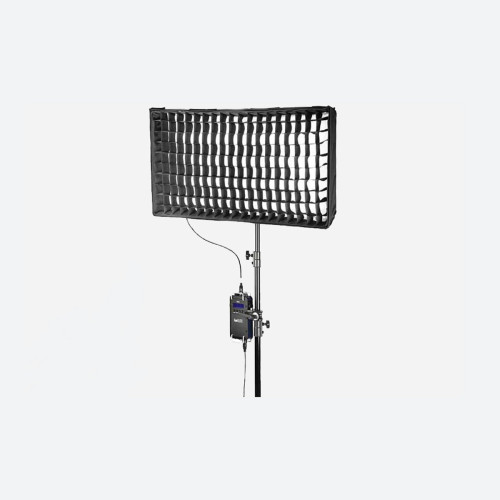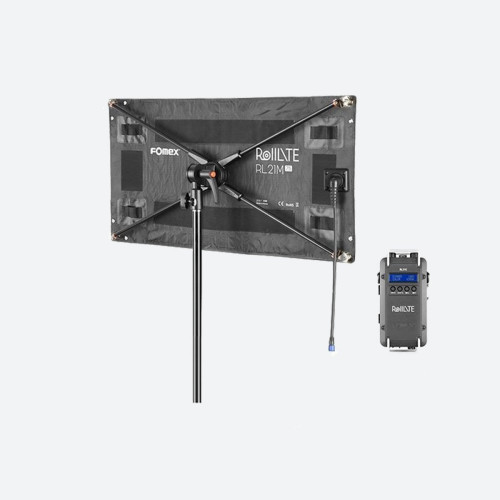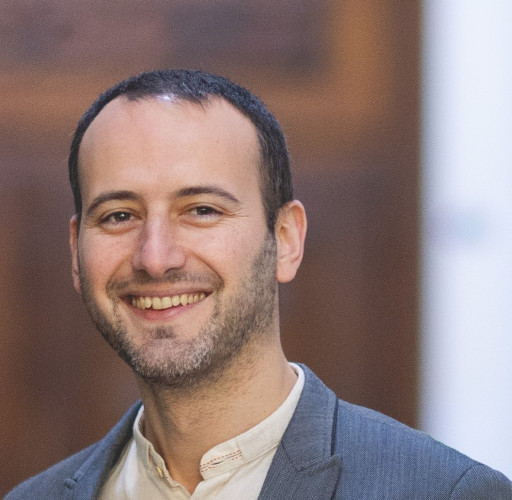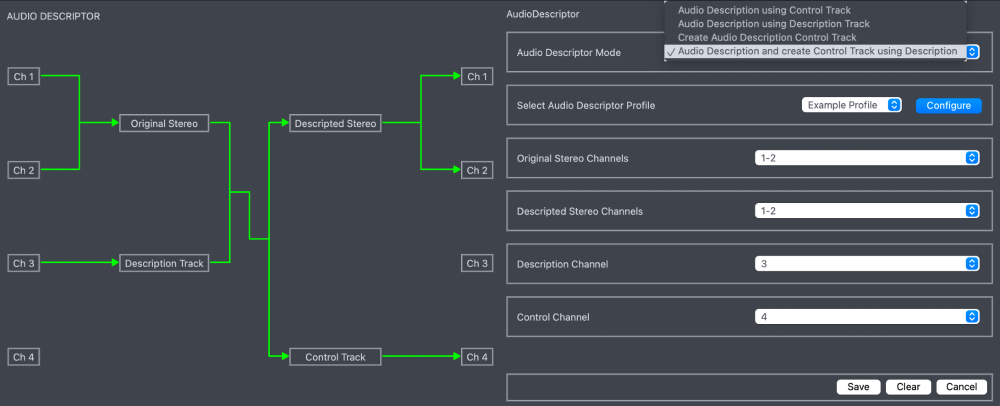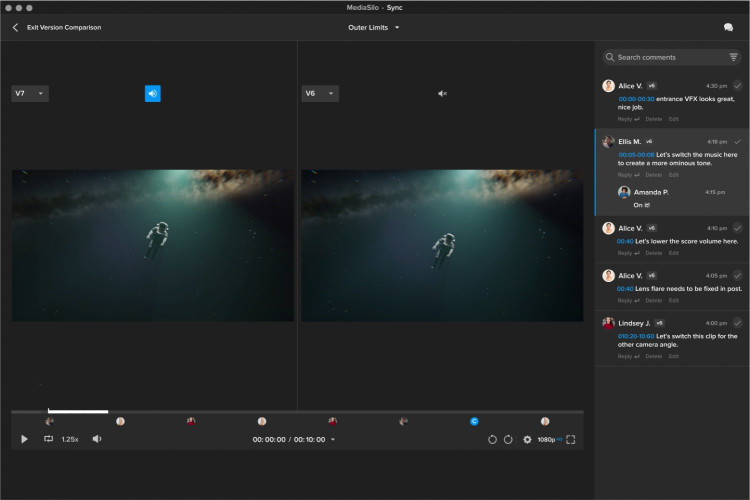Brand New School Makes the Move to Uncompressed HD
Author: Dennis Lennie
Published 1st August 2009
What did you do over Christmas 2008? I spent the whole two-week break rebuilding the post production workflow at Brand New School, the prestigious commercial production and design firm in Santa Monica, CA, and the experience let me stretch every technology muscle I had built up in 10 years as a video engineer.
At the time, Brand New School was using a lot of digital Betacam decks, along with a few legacy U-Matic VCRs and even some VHS for archived footage. But the most baffling equipment area I was confronted with was a manual patch panel that was so complicated I had a hard time figuring it out. It had been originally designed for analog signal paths by a company more focused on creative than on production and the swirl of wires coming out of the back of it looked like a 500 lb. mass of spaghetti. We had also acquired a series of analog-to-digital converter boxes of multiple heritages, but even these different brands of equipment could not talk with each other easily.
I needed to slice through that Scythian knot of cabling, and had to find a sword that the budget could afford. Back when I was working at the networks I’d gained experience with high-end routers that were both powerful and flexible, however they were also out of the budget range of an independent commercial production company. But when Blackmagic Design introduced their Videohub routers, my initial examination revealed this was a technology that had the capabilities I needed at a price we could afford.
As a powerful broadcast grade routing switcher, our Workgroup Videohub features 12 inputs and outputs each with a bidirectional deck control port, 12 monitor outputs and SDI to carry both audio and video on the same cable. It even boasts 3 Gb/s SDI, all in a compact rack mount chassis only a few inches thick. Blackmagic’s Videohub eliminates the hassle of physically patching cables because everything is permanently connected to it and there is never a need to manually change connections. Since we wanted to be able to use uncompressed high definition video throughout our post production chain, it was also important that built in SDI re-clockers on each SDI input which regenerate the entire SDI video signal were included.
With an eye toward eventually adopting full 1080P for all of our work, and even 2K implementation, it was also a benefit that the Videohub comes with 3 Gb/sec SDI connections so it can handle up to 2048 X 1556 resolution in real time. It can also automatically detect when an SDI input changes, which meant no more patching and re-patching now or in the future.
But I soon learned that Videohub has another advantage that is not obvious from a product brochure. All of its inputs and outputs are clearly labeled in its software and can easily be re-named for a particular purpose. This can be invaluable when production assistants and artists without an extensive engineering background need to get signals from one technology island to another because there is no longer any confusion about which cable gets plugged into which connection.
Our studio has two edit bays based on Apple’s Final Cut Pro NLE’s for creative offline and an AutoDesk Flame suite for compositing & effects work along with a dedicated Apple finishing station where we assemble our deliverable masters. We had been feeding them all with capture cards from a manufacturer that would not let us easily upgrade them, but once I discovered that the Blackmagic DeckLink HD Pro dual link SD/HD SDI capture cards were built from the ground up to handle 10-bit SDI capture and playback at 4:4:4 resolution I liked their design so much that we purchased two of them to service each of our Final Cut Pro edit bays.
These days we are constantly renting high-end decks such as Panasonic’s D-5 or Sony’s HDCAM SR for mastering, so the quality of our throughput was paramount. Therefore it would be penny wise but pound foolish to skimp on format converters. We already had two Blackmagic SDI to analog mini converters mixed in with lesser offerings from other brands, but I decided to standardize us on converters from just one manufacturer.
So since I had been very satisfied with Blackmagic Design’s Videohub and DeckLink capture cards I purchased two more of their mini converters to let us present our HD images on prosumer grade high definition flat panel displays. These also let me provide our AutoDesk Flame suite with AES/EBU embedded audio that can be heard over external speakers.
So now Brand New School has a post-production workflow that doesn’t need an A-Z roadmap to navigate, and one that can handle any format of digital video and audio to service our dedication to mastering in uncompressed HD. I am constantly checking the Blackmagic Design Web site to keep current with their beta testing of new technologies, and we hope to become a beta site ourselves. Since I know that Blackmagic Design’s built-in 3 Gig capability will let me upgrade our systems easily over the Internet by efficiently downloading the latest firmware, I can also rely on keeping our systems current with whatever future format demands our clients may require while staying within a budget that Brand New School can afford.



